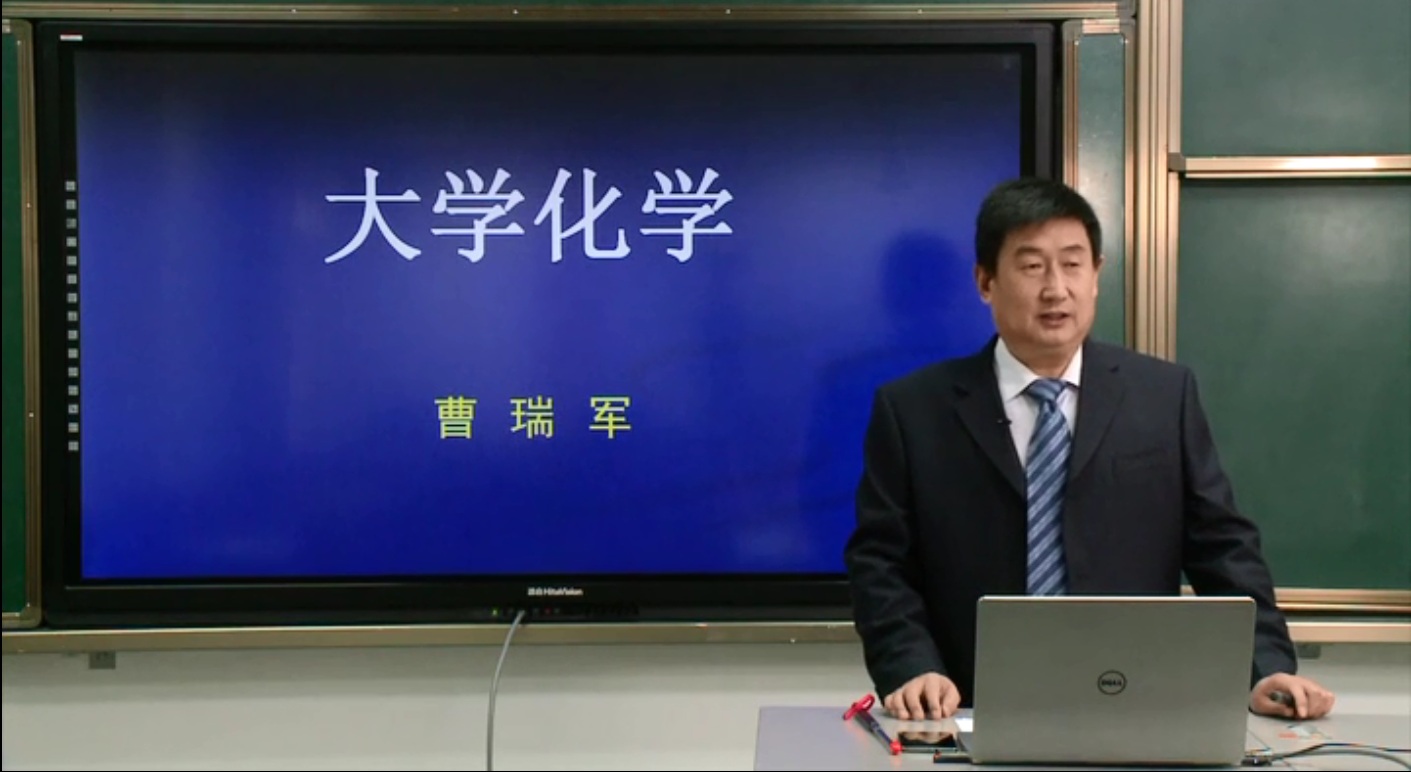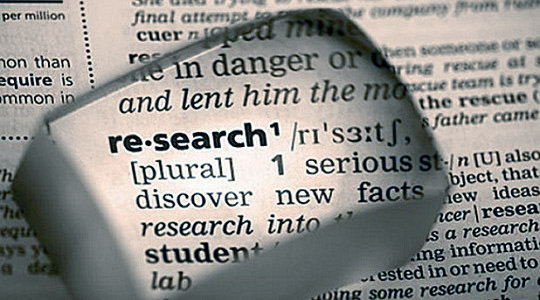
当前课程知识点:Western and Chinese Art: Masters and Classics > 5.Grief and Transcendence: Wang Xizhi and Gu Kaizhi > 5.3 The general spirit of the Wei and Jin Dynasties > The general spirit of the Wei and Jin Dynasties
返回《Western and Chinese Art: Masters and Classics》慕课在线视频课程列表
返回《Western and Chinese Art: Masters and Classics》慕课在线视频列表
我们下面开始讲第三节
我们进一步来给大家介绍魏晋风度
魏晋风度是由两种情怀 相辅相成的
一方面就是嵇康所代表的
深情沉痛而执着的情怀
另一方面也应当说是
以深情沉痛为底色
但是它表现出来的却是潇洒放达
深情就是深情于人生
对天地事物都有一番
情不自禁的沉痛感慨
你比如说一个叫卫玠的将军
他在征战过程当中 面对一片江水
形神惨促 而感慨说
见此芒芒
不觉百端交集
苟未免有情
亦复谁能遣此
这就是说
对于他来说
这一片茫茫江水正是他
无限人生悲情的表现
另一位将军桓温
他在征战来去当中
见到长大的柳树就不情慨然说
木犹如此
人何以堪
而且攀枝执条
泫然流泪
我们常说
男儿有泪不轻弹
但是魏晋时候的
那些金戈铁马的男儿
却是诗酒歌哭
自然而然
无所敬畏
桓温死去之后
他的儿子桓玄也是一将军
他请一王姓将军饮酒
因为是冬天酒需要温后才好饮
那么这王将军喝酒很快
所以不断的对这个店伙计说
温酒来 温酒来
想不到在旁边的
桓玄突然就开始潸然泪下
王将军就问桓玄说
我在这儿叫温酒来
你在那儿流什么泪
那么桓玄就说
你的一个温字让我想起我的父亲
所以我就流泪了
这就是魏晋人的真性情的自然展现
魏晋人不仅在表现
自我情感的时候
随性自在
而且他们对人生有独特的
深刻的兴趣
比如说王羲之的儿子王子猷
就是一个极富情趣的人
他一生当中 有许多爱好
但特别爱好的就是种竹子
哪怕是借人家的房子暂时住几天
他也要种竹子
人家就问他
你就住几天
为什么要这么麻烦呢
他说
何可一日无此君?
这是把竹子的存在和自己的生命
联系为一体的一种人生情调
这就是兴趣
或者说魏晋人的兴趣
当然魏晋人还有很多奇特的兴趣
比如一个叫毕茂世的人说
一手持蟹螯
一手持酒杯
拍浮酒池中
便足了一生
这位毕茂世 把人生的理想
就寄托在酒池中的长饮沉醉了
魏晋人他们至少在我们今天看来
最为了不得的情怀就是放达
什么是放达呢
放 是自我解放
达 是达于天下
所以自我解放
而达于天下
正如庄子所说的
与天地精神往来
这就是魏晋人的放达情怀
那么怎样才能产生放达呢
魏晋人有一个基本的手段就是饮酒
酒对于魏晋人士来说
是日常生活当中
不可或缺的一个要素
这种需要既是身体的
更是精神的
所以这位叫王佛大的人他就说
三日不饮酒
觉形神不复相亲
所谓形神不复相亲
就是指自己的面貌和自己的
精神都互相脱离了
在魏晋时代有许多饮酒的狂者
其中尤其以 竹林七贤 的
阮籍和刘伶为典型
他们饮酒的狂妄我们可以从
下面几个情景来看
你比如阮籍
据说他有时候一醉可以
醉到数十天不醒
而且他为了能够饮酒
他到军队上去做了一个官
这个官叫步兵
步兵可能相当于我们现在的司务长
他的权力就是可以无限量的喝酒
当然不仅阮籍个人喝酒
他的家人也是饮酒的高手
他们饮酒的状态是什么呢
我们来看这个故事
这个故事说
诸阮皆能饮酒
仲容至宗人间共集
不复用常杯酌
以大瓮盛酒
围坐,相向大酌
时有群猪来饮
直接上去
便共饮之
这就是说阮籍一家人喝得高兴了
就不用杯子喝了
直接一起在酒缸里面喝酒
这还不够
遇有群猪来饮的时候
那就让这些猪直接上去一起喝
这就是什么
人猪不分的一种畅饮状态
而刘伶更以纵酒放达为名
我们先讲他纵酒
他喝酒喝的有多厉害呢
刘伶出门必让他的仆人
带两样器物
一个是酒壶
酒壶当然是装酒用的
一个是锄头
锄头做什么用
刘伶告诉他的仆人说
我在哪里醉死
你就在哪里把我掩埋
因为刘伶喝酒太厉害了
可以说喝到伤身败家的地步
刘伶妻子对刘伶说
如果你再喝酒
我就没法跟你过了
他就告诉他的妻子
好啊
我戒酒
但是你要去备好酒肉
我要举行一个戒酒的仪式
他的妻子就真的备好了酒肉
那么刘伶举起酒就说
天生刘伶
以酒为名
一饮一斛
五斗解酲
妇人之言
慎不可听
说完这几句诗之后呢
他就狂饮大醉而终
这就是刘伶
刘伶醉酒放达的状态
是他饮酒之后在家中赤身裸体
甚至有人来了
他也不回避
这个人家就嘲笑他
他怎么说呢
他说 我以天地为栋宇
屋室为裈衣
诸君何入裈中
刘伶回答的意思是说
对于我天地是我的家
而我家的这个房屋呢
只不过是我的裤子
你们怎么跑到我的裤子中来了
刘伶的这个回答
和他的放达的行为都表达了
魏晋人的一种精神境界
这种精神境界现代哲学家
冯友兰有精辟的评述
他说
刘伶他们的行为
代表着一种风流
而风流的基本本质
是有个超越万物区别的心
在生活中只遵从这个心
而不遵从别的
阮籍一家人喝酒 人我不分
人猪不分
是超越万物区别
而刘伶醉酒之后
在家中赤身裸体见人
以天地为家
也是超越万物区别
实际上魏晋人的风流或者放达
它表现的就是庄子追求的
那种人生情怀
就是要把自我有限的
躯体解放到无限的天地之中
这就是逍遥游
-1.1Factual impairment between image and message
--Factual impairment between image and message
-1.2Relationship between Fact and Truth
--Relationship between Fact and Truth
-1.3The image revelry in the information age
--The image revelry in the information age
-1.4 Nature, animal and human body art
--Nature, animal and human body art
-1.5 Art: from concrete bodies to metaphorical constructions
--Art: from concrete bodies to metaphorical constructions
-1.6 On defining art
-1.7 Globalization and Consumerism
--Globalization and Consumerism
-1.8 Art and Anti-art
-1.9The value classics hold to the modern time
--The value classics hold to the modern time
-Homework1
-2.1 The occurrence of prehistoric art
--The occurrence of prehistoric art
-2.2 Mysterious cave mural paintings
--Mysterious cave mural paintings
-2.3 Symbolism of rock engravings
--Symbolism of rock engravings
-2.4 Expressive functions about prehistoric painting
--Expressive functions about prehistoric painting
-2.5 Aesthetic characters of prehistoric art
--Aesthetic characters of prehistoric art
-2.6 The tribal art of bodily operation
--The tribal art of bodily operation
-2.7 The construction to reach the heaven
--The construction to reach the heaven
-2.8 Immortal art in ancient Egyptian
-- Immortal art in ancient Egyptian
-Homework2
-3.1 The relationship between mythology and Greek culture
--The relationship between mythology and Greek culture
-3.2 The marks of the epics written by Homer
--The marks of the epics written by Homer
-3.3 Three greatest tragedy drammatists in Greece
--Three greatest tragedy drammatists in Greece
-3.4 The aesthetics woven into ancient Greek architecture
--The aesthetics woven into ancient Greek architecture
-3.5 The ancient Greek sculpture
-3.6 The Greek sculpture of the classic age
--The Greek sculpture of the classic age
-3.7 Works of Phidias
-3.8 The essence and verve of ancient Greek classical art
--The essence and verve of ancient Greek classical art
-Homework3
-4.1The beginning of Chinese painting and Calligraphy
--The beginning of Chinese painting and Calligraphy
-4.2 Majesty and divinity from bronze ware
--Majesty and divinity from bronze ware
-4.3 The Duke Mao Tripod and eternal characters
--The Duke Mao Tripod and eternal characters
-4.4The Philosophy of Chuang Tzu
--The Philosophy of Chuang Tzu
-4.5Qin Shi Huang’s Terracotta Warriors
--Qin Shi Huang’s Terracotta Warriors
-4.6The painting in the Han Dynasty
--The painting in the Han Dynasty
-4.7 The sculpture in the Han Dynasty
--The sculpture in the Han Dynasty
-Homework4
-5.1Master Chuang Tzu's impact on the Wei and Jin Dynasties
--Master Chuang Tzu's impact on the Wei and Jin Dynasties
-5.2Talking about Ji Kang
-5.3 The general spirit of the Wei and Jin Dynasties
--The general spirit of the Wei and Jin Dynasties
-5.4 Wang Xizhi and his unrivalled attainment in calligraphy
--Wang Xizhi and his unrivalled attainment in calligraphy
-5.5 A Preface to the Orchid Pavilion
-- A Preface to the Orchid Pavilion
-5.6 The penmanship of two famous calligraphers surnamed Wang
--The penmanship of two famous calligraphers surnamed Wang
-5.7Gu Kaizhi and his painting
-5.8 Great poet Tao Yuanming
-Homework5
-6.1The Chan School in the Tang dynasty
--The Chan School in the Tang dynasty
-6.2“Cursive King”: Zhang Xu
-6.3《Four Calligraphy Works of Ancient Poems》
--《Four Calligraphy Works of Ancient Poems》
-6.4Zhang Xu and Huai Su
-6.5Wu Daozi and his paintings
-6.6Wang Wei and Chinese landscape painting
--Wang Wei and Chinese landscape painting
-6.7The relation of painting and poetry
--The relation of painting and poetry
-Homework6
-7.1 The beginning of Renaissance: Giotto
--The beginning of Renaissance: Giotto
-7.2 Giotto’s naturalism
-7.3 The frescoes in the Arenal Chapel
--The frescoes in the Arenal Chapel
-7.4 The Renaissance artist in north Europe: Robert Campin
--The Renaissance artist in north Europe: Robert Campin
-7.5 The Ghent Altarpiece
-7.6 Jan Van Eyck’s secular paintings
-- Jan Van Eyck’s secular paintings
-Homework7
-8.1 The beauty of dawn during Renaissance
--The beauty of dawn during Renaissance
-8.2 The reproducer of nature: Da Vinci
--The reproducer of nature: Da Vinci
-8.3 The immortal work Mona Lisa
-8.4 The classicism of Raphael
-8.5 The Sistine Chapel ceiling
-8.6 The mythology and sculpture of Moses
--The mythology and sculpture of Moses
-8.7 Michelangelo's struggle between life and death
-- Michelangelo's struggle between life and death
-8.8 The perceptual Titian and Venice
--The perceptual Titian and Venice
-Homework8
-9.1Rubens and the Baroque Art
-9.2Poussin and his classical spirit
--Poussin and his classical spirit
-9.3Rembrandt and his aptitude of wielding light and shadow
--Rembrandt and his aptitude of wielding light and shadow
-9.4 Rembrandt in his self-portrait
--Rembrandt in his self-portrait
-9.5 Vermeer and his painting
-Homework9
-10.1Landscape painting from the Five Dynasties period to the Northern Song Dynasty
--Landscape painting from the Five Dynasties period to the Northern Song Dynasty
-10.2 Creating painting out of poetry by Emperor Huizong of Song
--Creating painting out of poetry by Emperor Huizong of Song
-10.3 Viewing the small through the large
--Viewing the small through the large
-10.4 Combining the tangible with the intangible
--Combining the tangible with the intangible
-10.5 The atmosphere of freedom, detachedness and ease of landscape painting
-- The atmosphere of freedom, detachedness and ease of landscape painting
-10.6 Dwelling in the Fuchun Mountains
--Dwelling in the Fuchun Mountains
-10.7 Friendliness in Ni Zan’s painting
--Friendliness in Ni Zan’s painting
-10.8 A pristine and boundless world in Ni Zan’s painting
--A pristine and boundless world in Ni Zan’s painting
-Homework10
-11.1The origin and expression of the madman culture
--The origin and expression of the madman culture
-11.2 The madman Li Zhi
-11.3 Xu Wei: from gifted scholar to mad man
--Xu Wei: from gifted scholar to mad man
-11.4 The aesthetic ideology of Xu Wei
--The aesthetic ideology of Xu Wei
-11.5 Xu Wei’s notions and theories on painting practise
--Xu Wei’s notions and theories on painting practise
-11.6 Miscellaneous Plants and Flowers
--Miscellaneous Plants and Flowers
-11.7 Drunkenness in Xu Wei's art
-Homework11
-12.1 Winckelmann
-12.2 Neoclassical master: David
-12.3 The Death of Marat
-12.4 The Intervention of the Sabine Women
--The Intervention of the Sabine Women
-12.5 The aestheticism works by Ingres
--The aestheticism works by Ingres
-12.6 The contrast between photography and paintings
--The contrast between photography and paintings
-12.7 Courbet and realism
-Homework12
-13.1 Rousseau and emotionalism
-13.2 Kant's view about the beautiful and the sublime
--Kant's view about the beautiful and the sublime
-13.3 Goethe, from Werther to Faust
--Goethe, from Werther to Faust
-13.4 Byron, romantic hero
-13.5 The painting laws of Romanticism
--The painting laws of Romanticism
-13.6 John Constable
-13.7 The world of Turner
-Homework13
-14.1 Western modernism and Rodin
-14.2 The Gates of Hell
-14.3 Painting conception of Manet
--Painting conception of Manet
-14.4 Impressionism of Monet
-14.5 Cezanne:the Father of the art of modernism
--Cezanne:the Father of the art of modernism
-14.6 Van Gogh:painting and life
-14.7 The art value of Van Gogh
-Homework14
-15.1 art modernism
-15.2 porcelain urinal of Marcel Duchamp
--porcelain urinal of Marcel Duchamp
-15.3 This is not a pipe
-15.4 The great innovation artist: Picasso
--The great innovation artist: Picasso
-15.5 the infinity of art
-15.6 the art after Andy Warhol
-Homework15
-Final exam



